Digital signage: revolutionizing communication in public spaces
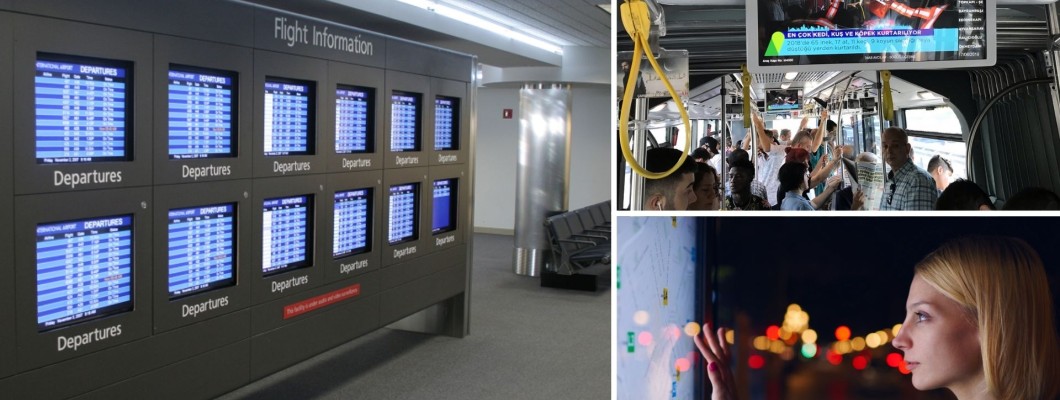
In an era dominated by digital technology, traditional static signage is evolving into dynamic, interactive displays called digital signage. From bustling city streets to corporate lobbies and transportation hubs, Digital Signage has become a ubiquitous communication tool, capturing the attention of audiences and conveying information in innovative ways. What is digital signage, what monitors does it use, what are its basic functions and what are its potential applications in public transportation?
What is Digital Signage?
Digital Signage refers to a network of electronic displays used to broadcast information, advertisements, announcements and other content in public spaces. Unlike traditional static signage, digital signage allows for real-time dynamic updates and interactive interaction with viewers. These displays can range from small wall-mounted screens to large video walls extending to entire building facades, depending on the application and audience.
Monitors used in digital signage
Digital signage uses a variety of display technologies to deliver vivid and eye-catching content to viewers. Typical types of monitors used in digital signage include:
LCD (liquid crystal display): LCD monitors are versatile and widely used in digital signage applications due to their affordability, brightness and image sharpness. They are suitable for indoor and outdoor installation and are available in various sizes to accommodate different viewing distances. Depending on their intended use, they can also be equipped with a touchscreen.
LED (light-emitting diode): LED displays provide superior brightness, contrast and color saturation compared to LCD displays, making them ideal for outdoor applications and high-visibility rooms. LED screens can be modular, allowing for seamless installation of large video walls with virtually no bezels between each panel.
OLED (organic light-emitting diode): OLED displays provide unparalleled image quality with deep blacks, vivid colors and wide viewing angles. Although typically more expensive than LCD and LED screens, OLEDs are prized for their exceptional visual performance and slim design.
Basic Features of Digital Signage
Effective digital signage solutions should include the following key features to maximize their impact:
Remote management: The ability to remotely update and manage content across multiple displays is essential to maintain consistency and relevance in dynamic environments. Remote management software allows administrators to schedule content playback, monitor display status and troubleshoot from a central dashboard.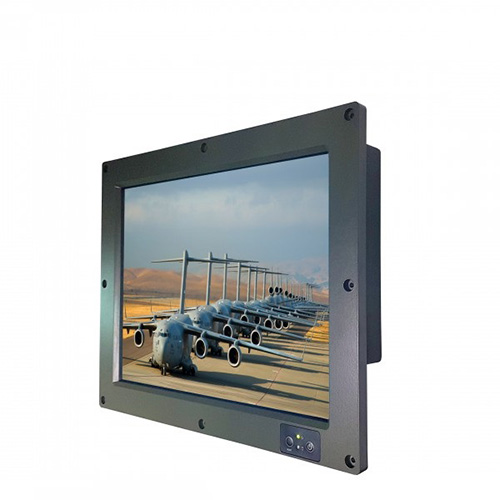
Content Management System (CMS): A user-friendly CMS allows content creators to upload, organize and distribute multimedia content, such as images, videos and HTML5 applications, to digital signage displays. Advanced CMS platforms offer templates, scheduling and analysis tools to optimize content delivery and audience engagement.
Interactivity: Interactive digital signage encourages audience participation and engagement by allowing users to interact with content via touch screens, gesture recognition or mobile devices. Interactive kiosks can provide wayfinding assistance, product information, surveys and entertainment, improving the overall user experience.
Audience Analytics: Built-in analytics tools gather information on audience demographics, engagement rates and content effectiveness to help organizations measure the impact of digital signage campaigns and refine content strategy accordingly.
Digital Signage in Public Transportation
Digital signage is ideal for use on public transportation, where timely dissemination of information is critical to passenger safety and convenience. Here's how digital signage solutions can improve the public transportation experience:
Real-time updates: Digital signage displays can provide real-time information on departure times, route changes, service disruptions and safety announcements to keep passengers informed and minimize confusion.
Route finding assistance: Interactive kiosks and displays can offer wayfinding assistance by displaying maps, directions and points of interest at transit stations and terminals. Passengers can easily navigate complex transit networks and find their chosen destinations with ease.
Advertising opportunities: Public transportation agencies can generate additional revenue by displaying advertising and promotional content on digital signage screens. Targeted ads can be tailored to specific demographic groups, locations and timeframes to maximize return on advertising investment.
Emergency notifications: In the event of an emergency or evacuation procedures, digital signage displays can quickly convey critical information to passengers, keeping them safe and facilitating an orderly evacuation if necessary.
In summary, Digital Signage is an all-encompassing solution to a powerful communication tool that has changed the way information is delivered and used in public spaces. With its dynamic capabilities, immersive displays and interactive features, digital signage increases engagement, improves wayfinding and enables targeted communication in a variety of environments, including public transportation systems. As technology continues to evolve, the potential applications for digital signage solutions in public spaces are endless, offering unlimited opportunities for innovation and creativity in communications.































-DB-P(12-48VDC)-P-1-250x250h.png)
-DB-P(12-48VDC)-1-1-250x250h.png)



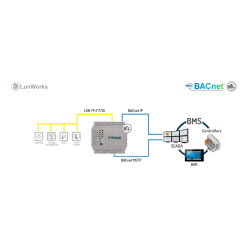
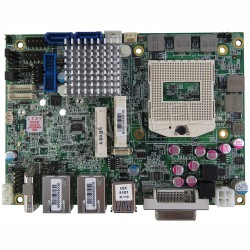


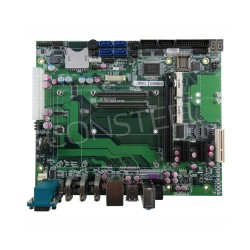

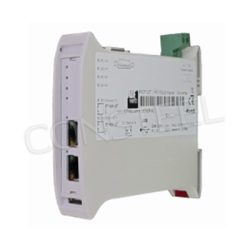
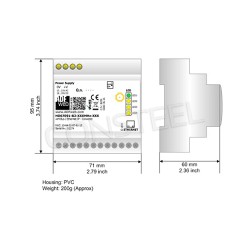
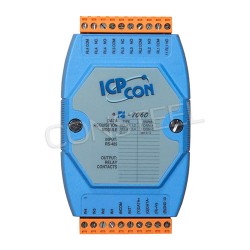


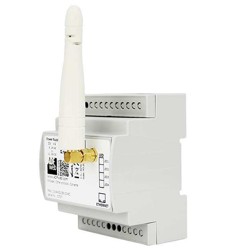



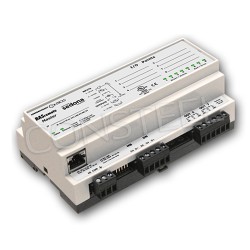


-P-250x250h.png)
-S1-250x250h.png)